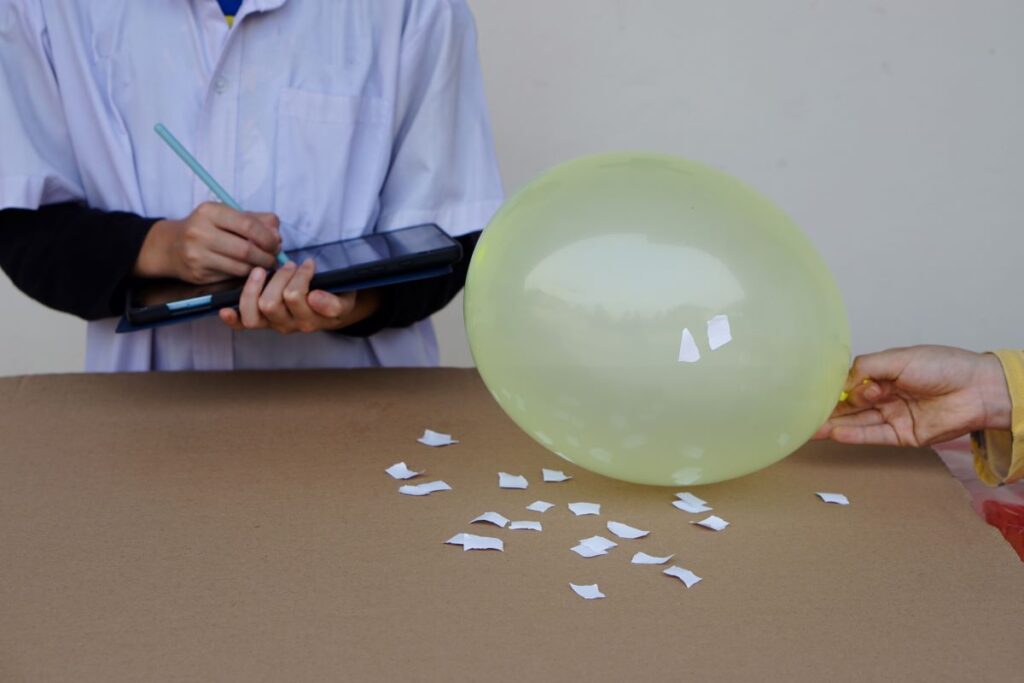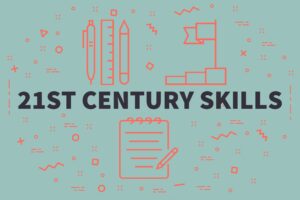Have you ever asked a student a question and received a one-word answer? Or perhaps you’ve seen them write a paragraph where they state an opinion without any support, simply because they believe it’s true.
This isn’t a failure of intelligence; it’s a lack of a critical thinking framework. The Claim, Evidence, Reasoning (CER) model is a powerful tool to bridge this gap, transforming students from passive learners into active investigators and articulate thinkers.
It provides a structured approach for students to make sense of the world, whether they’re analyzing a scientific phenomenon, a historical event, or a piece of literature. As educators, our role is to equip them with the language and skills to not just know something, but to be able to logically and persuasively explain why they know it.
What is the CER Framework?
The Claim, Evidence, Reasoning (CER) framework is a model for teaching students how to think and write like scientists, historians, and literary analysts. It breaks down the process of making an argument into three distinct, manageable parts.
- Claim: This is the core statement or answer to a question. It’s what the student believes to be true. A strong claim is clear, concise, and directly addresses the prompt. It’s not an opinion, but a statement that can be defended with data.
- Evidence: This is the data or facts that support the claim. Evidence can be quantitative (e.g., numbers, statistics, measurements) or qualitative (e.g., observations, quotes, historical documents).
For the evidence to be effective, it must be relevant and credible. This is where we teach students to move beyond simply stating a fact and instead to present specific, verifiable information.
- Reasoning: This is the most crucial part of the framework. The reasoning is the explanation that links the evidence back to the claim. It’s the “why” and “how” of the argument.
Reasoning demonstrates a student’s understanding of the underlying principles, scientific laws, or logical connections. It explains why the chosen evidence is relevant and sufficient to prove the claim and often involves connecting the data to a broader concept.
The power of teaching CER lies in its ability to make the abstract process of critical thinking concrete. Instead of “prove it,” we’re giving students a three-step formula: State your point, show your proof, and explain your thinking.
Practical Strategies for Teaching CER
Introducing and implementing the CER framework in your classroom requires a gradual approach. Here are some effective strategies to help students master this skill:
Start Simple with Real-World Examples
Before diving into complex academic topics, introduce CER using familiar, everyday scenarios.
- Scenario: A student walks into the classroom and sees a puddle on the floor.
- Claim: The water on the floor came from the leaky ceiling.
- Evidence: There is a brown water stain on the ceiling directly above the puddle.
- Reasoning: Brown water stains on ceilings are caused by water leaking through the roof or pipes, which is evidence of a leak.
This simple exercise helps students grasp the core concepts before applying them to a more academic context.
Provide Sentence Starters and Graphic Organizers
Initially, students may struggle with the language of CER. Providing them with scaffolds can ease this transition.
- Claim Starters: “Based on the data, I claim that…” or “The answer to the question is…”
- Evidence Starters: “The data shows…” or “According to the text,…” or “For example,…”
- Reasoning Starters: “This evidence shows…” or “This is important because…” or “This demonstrates the principle of…”
Using a CER graphic organizer provides a visual and structured space for students to fill in each component, ensuring they don’t skip a step.
Integrate CER Across All Subjects
While CER is most commonly associated with science, its principles are universal.
- Science: After a lab experiment, students can claim what happened, use their data as evidence, and reason by explaining the scientific principles at play.
- English Language Arts: When analyzing a character, students can claim a character trait (e.g., “The protagonist is brave”), use quotes from the text as evidence, and reason by explaining how the quotes demonstrate bravery.
- History: Students can claim why a particular event occurred (e.g., “The American Revolution was caused by economic factors”), use historical documents or data as evidence, and reason by explaining the connections between the events and their economic roots.
Model, Model, Model
Explicitly model the CER process for your students. Think out loud as you construct an argument. Start with a question, make your claim, find and present your evidence, and then walk through the reasoning that connects the two. This is critical for helping students understand the thought process behind a well-structured argument.
Why Teaching CER is a Game-Changer
Adopting the CER framework is more than just another teaching strategy; it’s a fundamental shift in how we approach learning. According to research from the National Academies of Sciences, teaching CER significantly improves students’ ability to engage in scientific argumentation and interpret data.
This is because it moves students beyond simple memorization and into a deeper understanding of cause and effect, relationships, and logical connections.
- Enhanced Critical Thinking: It moves students beyond simple memorization and into a deeper understanding of cause and effect, relationships, and logical connections.
- Improved Argumentation Skills: CER provides a clear and repeatable process for building strong, persuasive arguments, a skill that is essential in all academic and professional fields.
- Increased Academic Rigor: It elevates the quality of student work by demanding they provide support and justification for their ideas, aligning with the expectations of state standards and college-level work.
Ultimately, teaching students how to use the CER framework empowers them to articulate their thinking with clarity and confidence. It’s a skill that will serve them well long after they’ve left our classrooms, enabling them to become thoughtful, evidence-based communicators in an increasingly complex world.
Frequently Asked Questions About CER
Q: What’s the difference between a Claim and an Opinion?
A: A claim is a specific statement that can be proven or disproven with evidence. An opinion is a personal belief or feeling that doesn’t require supporting evidence. For example, “It’s cold outside” is an opinion, but “The temperature is 32°F, so it’s freezing” is a claim supported by data.
Q: Can CER be used in subjects other than science?
A: Yes! The CER framework is a universal model for argumentation. In English Language Arts, students can make a claim about a character’s motivation, use a quote as evidence, and reason by explaining how the quote reveals their motivation. In history, they can claim the cause of an event, use a primary source as evidence, and reason by explaining the historical context.
Q: What are some common mistakes students make with CER?
A: The most common mistake is a weak reasoning statement. Students often just restate their evidence without explaining why it supports the claim. Another error is using irrelevant evidence that doesn’t directly address the claim. By modeling the process and providing a CER graphic organizer, you can help them avoid these pitfalls.
Q: How can I grade a CER response?
A: You can use a rubric that assesses each component separately. For example, a student might earn points for having a clear claim, more points for using strong, relevant evidence, and the most points for a thorough reasoning statement that fully explains the connection between the claim and the evidence.
You’ve got important career goals — we have the graduate program to get you there. Check out our available graduate degree programs to advance your career today!




